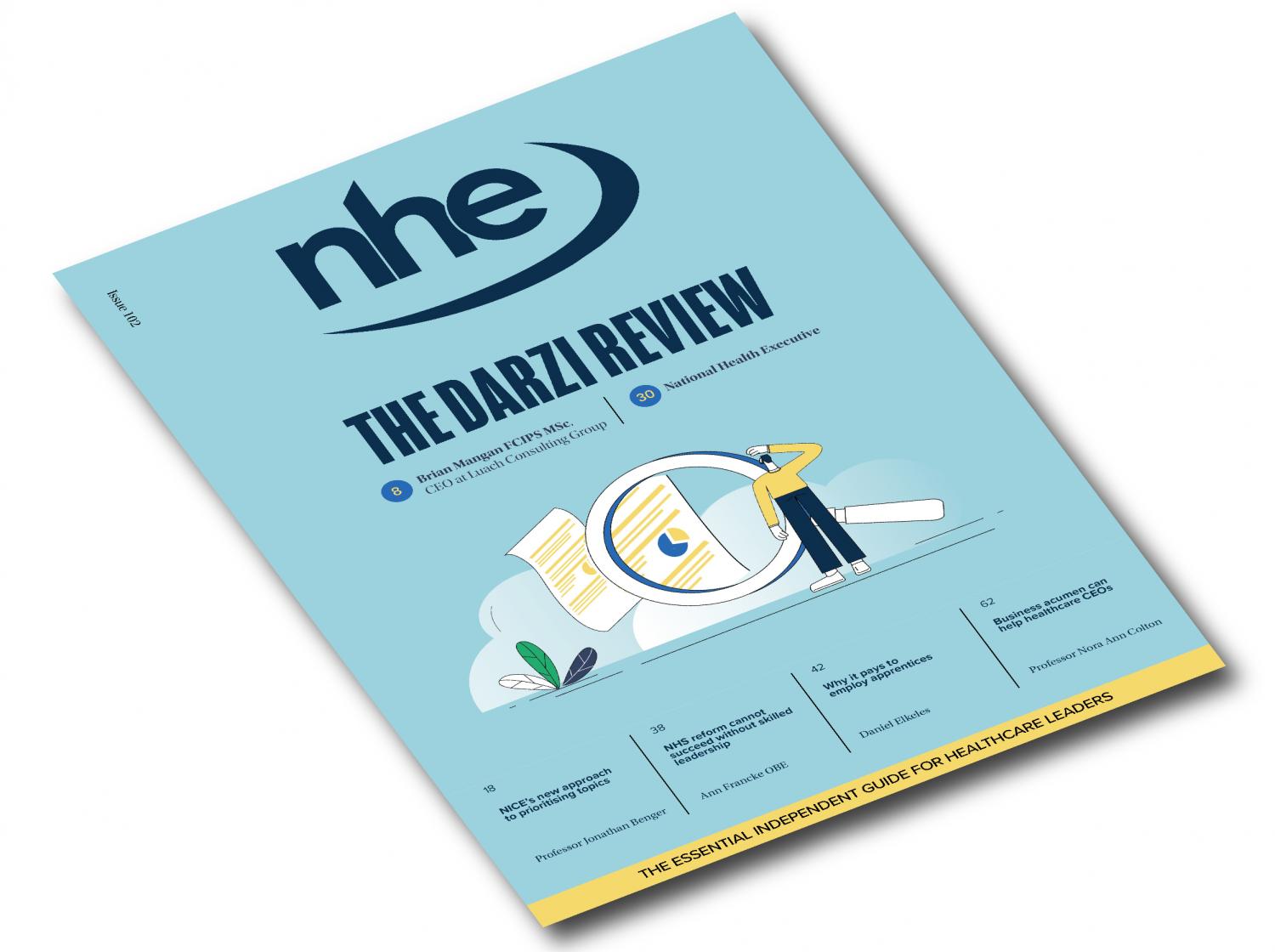A new quality standard from the National Institute for Health and Care Excellence (NICE) has said that healthcare professionals should diagnose women under the age of 65 with a urinary tract infection (UTI) if they have two or more key symptoms.
NICE emphasise that no symptom or combination of symptoms offer completely reliable diagnoses but women who have two or more signs shouldn’t require a dipstick test. NICE also say that, when health professionals are diagnosing UTIs, they should exclude other causes of urinary symptoms and instead consider signs of other conditions like cancer and sepsis.
The new standard replaces its predecessor that was published in 2015 and includes five key statements:
- Women under the age of 65 should be diagnosed with a UTI if they present two or more key urinary symptoms and have no alternative causes or warning signs.
- Adults with indwelling urinary catheters shouldn’t have dipstick testing to diagnose UTIs.
- Men and non-pregnant women shouldn’t be prescribed antibiotics as a treatment for asymptomatic bacteriuria.
- Non-pregnant women with uncomplicated lower UTIs should be prescribed three-day courses of antibiotics, whilst pregnant women and men with uncomplicated lower UTIs should be prescribed antibiotics for seven days.
- Men with recurrent UTIs, and women with recurrent lower UTIs where the cause hasn’t been identified or who have recurrent upper UTIs should be directed to specialist advice.
NICE also say that, since women have shorter urethras than men and therefore the fact that bacteria is more likely to reach the bladder or kidney and lead to infection, the management of UTIs needs to account for a trans person’s gender reassignment surgery and if their urethra has been structurally changed.
NICE’s Centre for Guidelines Director, Dr Paul Chrisp, said: “UTIs are a common occurrence, but they can cause people a great amount of discomfort and pain. For people with recurrent UTIs this can lead to a reduction in their quality of life.
“This quality standard sets out useful and usable guidance for health professionals to improve the diagnosis and management of UTIs in both women and men while also setting a clear treatment pathway for people with a recurrent UTI who are at higher risk of complications.
“The standard will also help ensure that people are not misdiagnosed. By setting out clear methods for the diagnosis of UTIs, it will help limit the prescription of unnecessary antibiotics which may increase anti-microbial resistance to certain treatments.”
The new standard also indicates that patient records should note how many suspected UTIs a person has had, as well as the recurrence of them.
To access the new quality standard, click here.



















